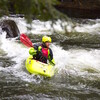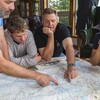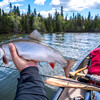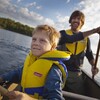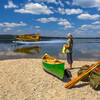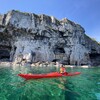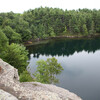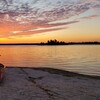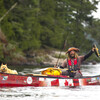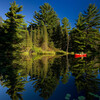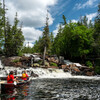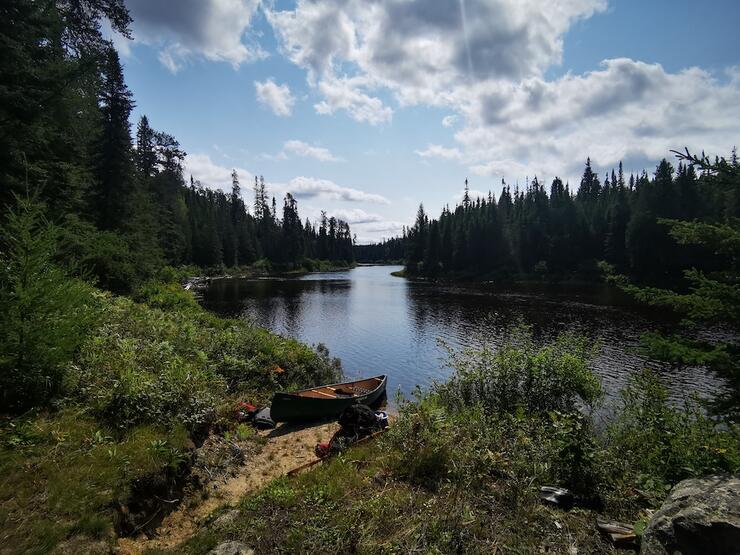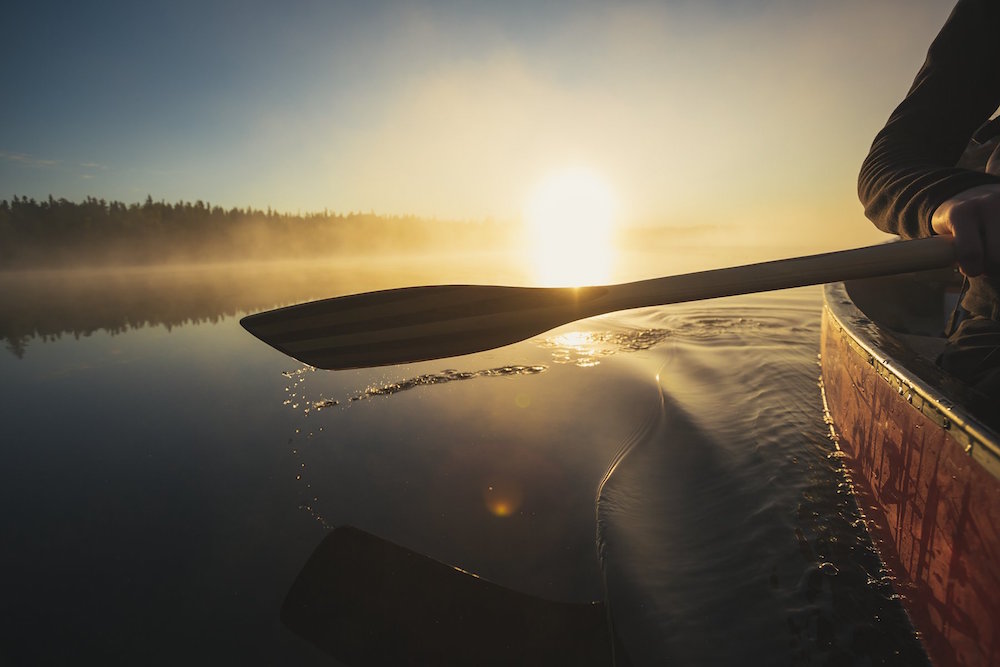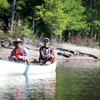
Ultimate Guide to Paddling the Mississagi River
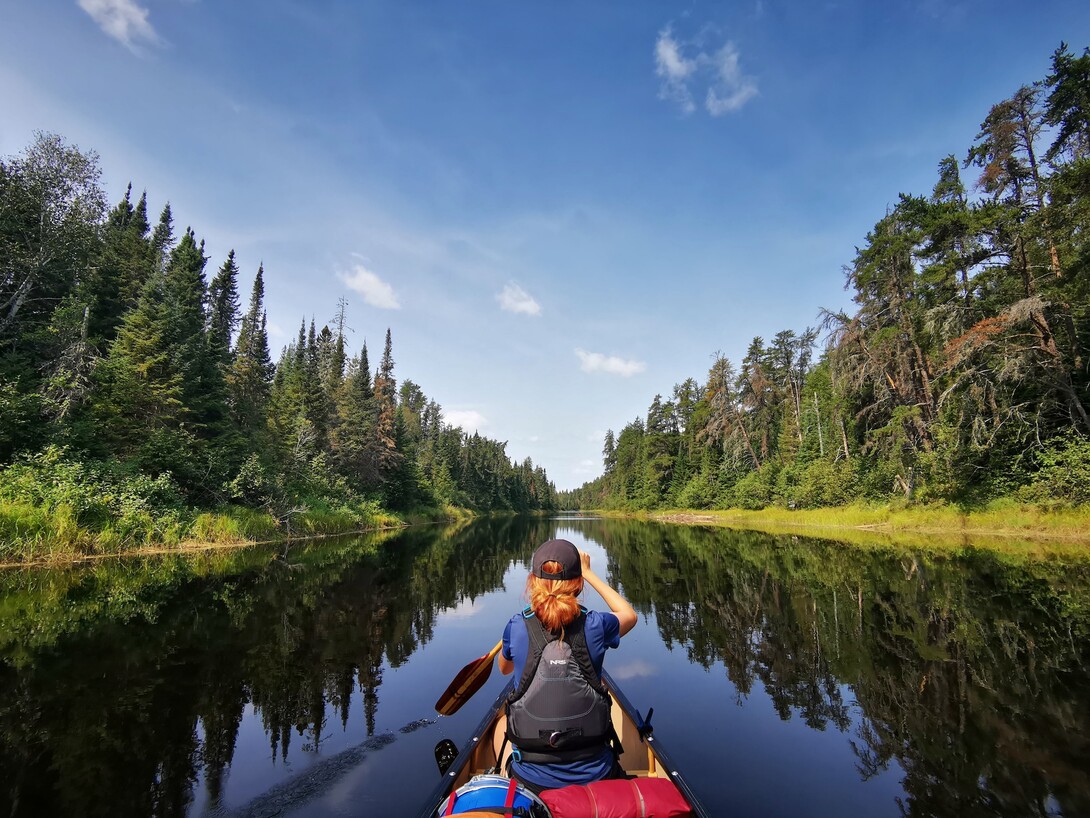
Legendary Canadian writer and conservationist Grey Owl said it best when describing his canoe trip down the majestic Mississagi River. In his book, Tales of an Empty Cabin, he wrote:
“For this is no ordinary stream, but a very King among rivers ...the Grand Discharge of Waters of the Indians, pouring its furious way between rock-bound shores, sweeping a path for twice a hundred miles through forest lands, levying tribute, in all its branches, from four thousand square miles of territory, untamed, defiant and relentless, arrogantly imposing its name on all surrounding country; so that a man may travel many a day by canoe and portage through an intricate network of stream and lake and forest, among a rich infinite variety of scenery and still be within Mississagi’s far-flung principality…"
How can any canoeists read such an elaborate account and not want to see it for themselves?
Canoe Routes
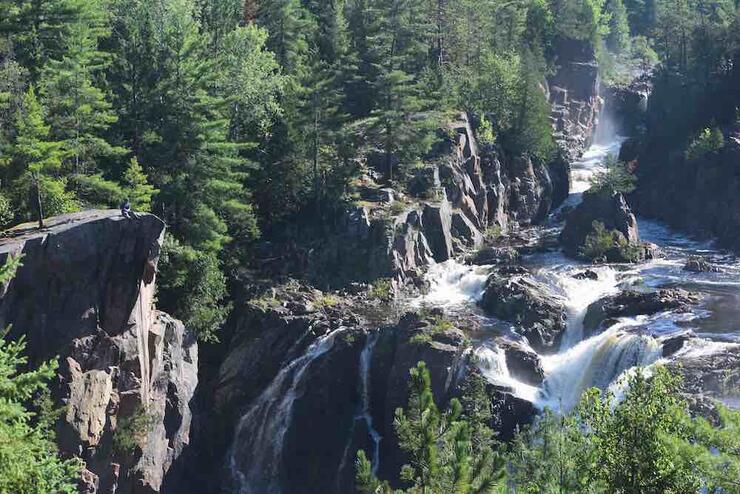
Get amazing views of Aubrey Falls. | Photo: Erik Thomsen // @the.terra.incognita
Biscotasing to Aubrey Falls
To retrace Grey Owl’s route you should start at the boat launch in the town of Biscotasing. This was where Grey Owl spent time working as a backcountry ranger, before he masqueraded as an indigenous trapper, and later a conservationist and best-selling writer. The route crosses Biscotasing, Ramsay and First lakes before arriving at Spanish Chutes - the more common place for paddlers to begin the route. The trip will take you seven to 10 days to complete and is mixed with large lakes and moderate rapids. It ends at the scenic Aubrey Falls, one of the largest cascades in the Lake Huron watershed.
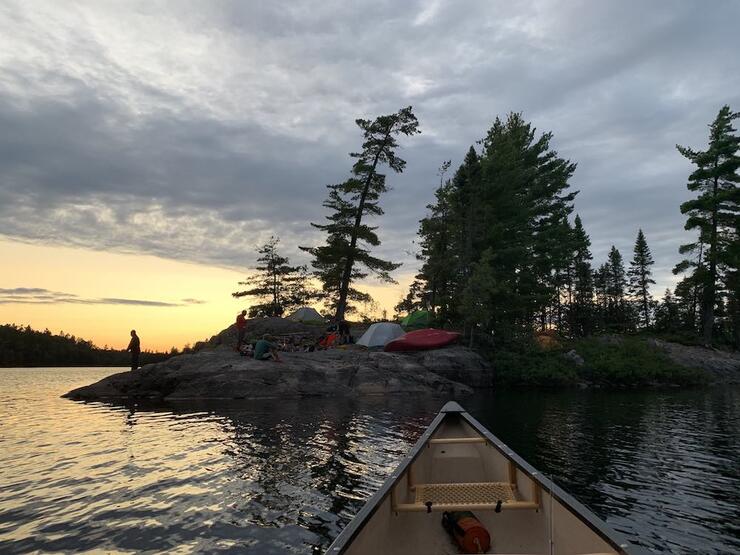
All manner of campsites exist along the Mississagi. | Photo: Erik Thomsen // @the.terra.incognita
Spanish Chutes to Aubrey Falls
Beginning at Spanish Chutes rather than the town of Biscotasing shortens the trip into a five- to seven-day trip. It also avoids the three large lake crossings (Biscotasing, Ramsay and First lakes). However, the shuttle is a long one along the rough 80-kilometre Sultan Industrial Road. This is a remote river, with aqua-blue lakes, granite shorelines, and pine-clad islands. Wildlife also abounds: curious otters, solitary moose, shy lynx, vociferous sandhill crane. The rapids en route don’t exceed class II but the portages aren’t regularly maintained, so paddlers should be experienced wilderness canoe trippers.
Lac aux Sables Loop
This side route to Mississagi’s Bark Lake is a great way to avoid a long shuttle and still experience some of the highlights of the area. Beginning and ending at the Lac aux Sables boat launch, located on a gravel road north of Massey, you paddle up the shallow River aux Sables and through a chain of scenic lake trout lakes to reach Bark Lake. The portage leading into Bark Lake cuts through a stand of massive 300-year-old red pine that survived the historic 1948 Mississagi fire, which burned more than 2,590 square kilometres of forest. The trees that survived represent one of the most impressive stands of old growth in the province.
Bark Lake is stunning. Grey Owl described it as, “a large body of water, beautiful with its islands, inlets and broken, heavily timbered shores.” There are plenty of island campsites and sandy beaches to pitch a tent on. You can also pay homage at Grey Owl’s cabin. The site is situated directly where the Mississagi River flushes out from the northwest end of Bark Lake. The cluster of buildings here are privately owned. The main log structure is the one that’s noted for housing Archie Belaney (the self-styled Grey Owl) and senior ranger William Draper in 1914, as well as the painter Tom Thomson and friend W.S. Broadhead on a two-month sketching trip in 1912. The main cabin was built in 1908 to serve as a base for the Mississagi Forest Reserve (and also later used as a Junior Ranger Camp before being sold off in the late 1970s). But the wood used was even older. The Forestry Department made use of the lumber left over from the Hudson Bay post that was abandoned on Upper Green Lake in 1892. You can either loop back to Lac aux Sables by a chain of small ponds to the south of Bark Lake, or navigate down the Mississagi River to Aubrey Falls and get a shuttle back to the access point.
Shuttle: Northern Skies Resort (originally titled Kegos Camp) provide shuttles to all possible access points. They are based in Thessalon. 705-206-4066.
Guided Trips: Paddling the Mississagi River requires at least moderate whitewater skills and moderate to advanced wilderness tripping skills. You might want to consider a guide. Missinaibi Headwaters Outfitters is a good choice. They’ve been a leader in Ontario’s guiding industry for 30 years. 705-789-6479.
Permits: Mississagi River is a non-operating Waterway Provincial Park and no permit is required. However, non-Canadians need to obtain a Crown land permit.
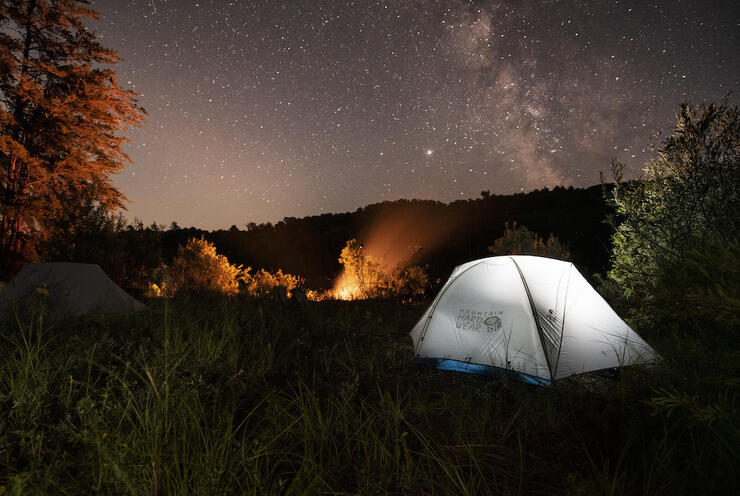
Though it’s difficult to do after a long day of paddling, be sure to step outside your tent once night has fallen. | Photo: Lachlan McVie // @terapr0
Maps: ChrisMar Adventure Maps has a series of detailed maps for the Mississagi River route.
Topographical Maps: 410/8, 41 0/1, 41J/15, and 410/2. Provincial Series: Scale1:100,000, Biscotasing 41O/SE, Bark Lake 41J/NE and Wakomata Lake 41JN/W.
Water Levels: Mississagi River water levels vary but the waterway can be run throughout the season - mainly from June to September.
Weather: Mississagi Provincial Park weather can be unpredictable. Make sure you have the proper clothing to deal with cold and wet conditions. The route also has large lake crossings where winds can create large waves. Be cautious and wear your PFD.
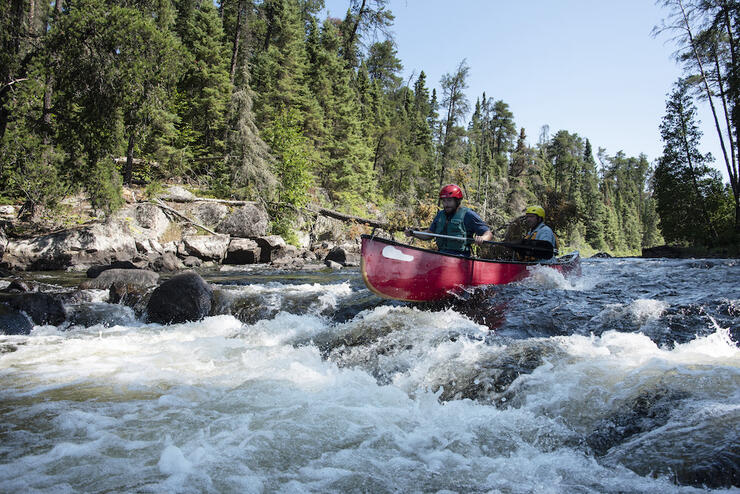
Be prepared for some great whitewater runs. | Photo: Lachlan McVie // @terapr0
While you’re there…
Before and after your trip (and shuttle) book one of Northern Skies Resort’s cabins, or even their private, off-grid backcountry cabin. The resort hosts health and wellness retreats, and creates local wilderness, arts, and cultural experiences in partnership with local rural and indigenous communities. 705-206-4066.
Visit Serpent River Trading Post before or after your trip. It’s located on Highway 17 midway between Sudbury and Sault Ste. Marie. They have beautiful products; moccasins, art, paintings, jewelry, coats, pottery, local artisanal crafts and authentic indigenous artwork. 705-844-2119.
Before or after your trip, camp at Chutes Provincial Park. It’s located just off Highway 17, in the town of Massey. It’s a small campground that doesn’t get the usual crowds of other provincial parks, so its well-spaced lots are in great shape. The rapids, falls and groomed walking trails are tranquil, to say the least. 705-865-2021.
Check out the Massey Area Museum. It has a number of themed rooms that depict aspects of northern life, including First Nations, railway, logging, and farming history. 705-865-2266.
Recommended Articles
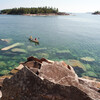
Spectacular and diverse scenery
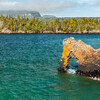
breathtaking views
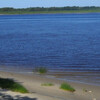
James Bay and Hudson Bay
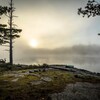
Culinary Canoe Trips
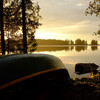
Lost Lakes and Rivers
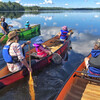
Best Family Canoe Trips

Secret Cascades

Temagami Canoe Trip Guide
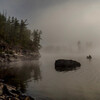
Paddling with ghosts
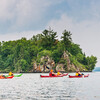
Explore Kenora by Kayak & Canoe

Ultimate Paddling Day Trips
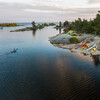
Best Kayaking on Georgian Bay
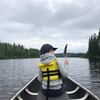
Paddle The Lakehead
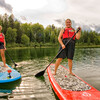
Explore Ontario by Paddleboard
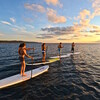
The Big Lake is Calling

Skip The Crowds
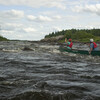
Canoe & Kayak Trips in Ontario
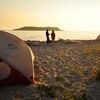
remote Island getaways
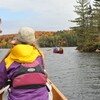
Algonquin Park Canoe Trip Guide
